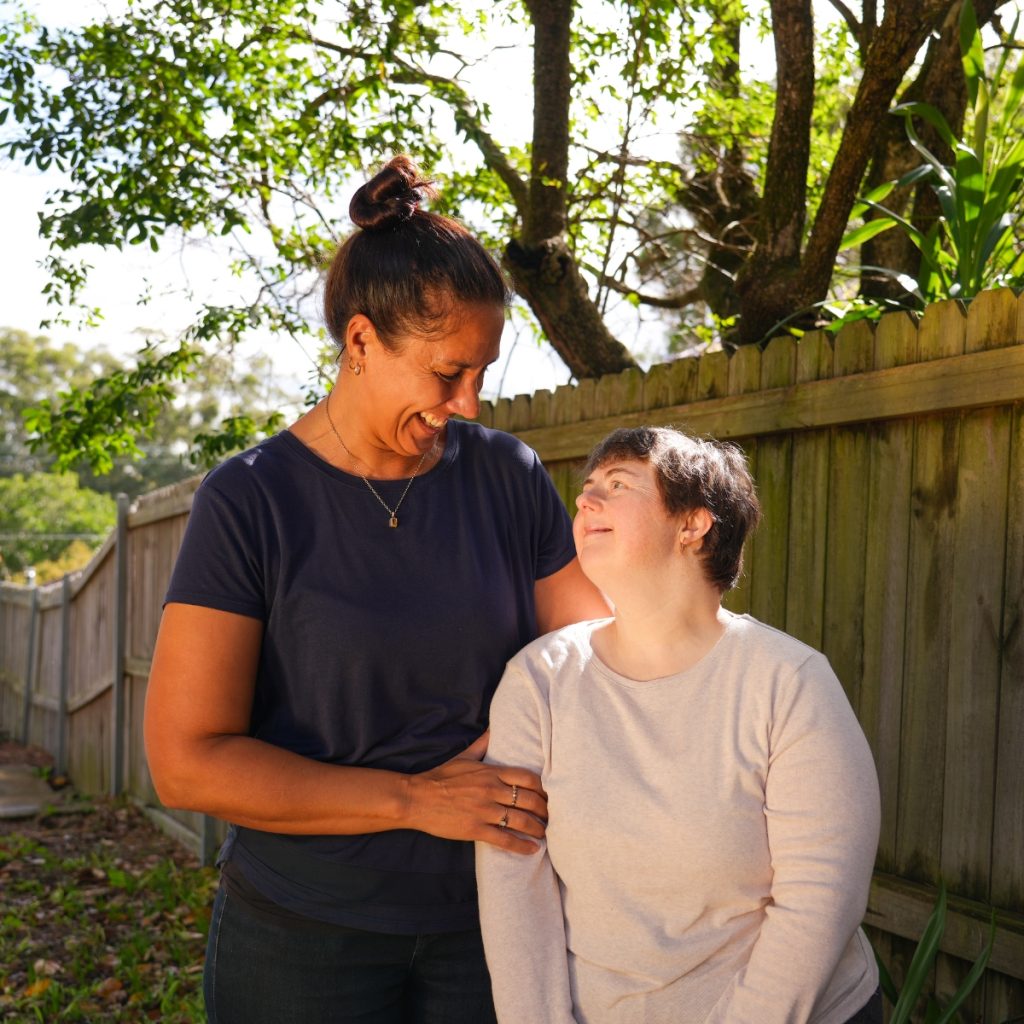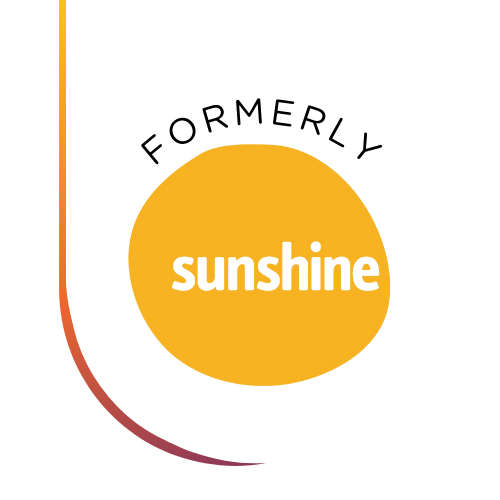What stands out like a rainstorm in summer is how much the disability sector, particularly in Australia, has continued to evolve.
The National Disability Insurance Scheme (NDIS) is the only national scheme in the world which is designed to assist people with disability to gain control and make choices in the way they live their lives.
The NDIS is designed to help people with disability live their best lives, however, navigating the changes can be complex, whether you’re new to the journey or have been receiving care and support for some time. To help make navigating the NDIS easier, here’s five top tips and resources.
1.) Taking the first step.
The National Disability Insurance Agency (NDIA), which is tasked with implementing the NDIS, estimates that it will provide around 500,000 Australians with funding support over the next five years – many for the first time. The scheme is open to Australians aged between 7 and 65 years of age who have a permanent and significant disability.
To find out if you are eligible for NDIS funding, you can use the ‘am I eligible checklist’, and if you meet the criteria and would like to become an NDIS participant, you can apply by calling 1800 800 110 or complete the Access Request Form online. Once registered for the scheme, the NDIS will work with you to develop an individual plan. The plan is all about you and your goals.
To prepare for your planning meeting, people with disability and their families or carers should carefully consider their immediate support needs as well as current and future goals. Many planning meetings are currently taking place over the phone and can last for over an hour, so it will help if you have a quiet place to focus, take notes and ask lots of questions along the way. Know that you’re not alone. Anyone can help you apply for the NDIS – your GP, insurance agent or any allied health practitioner, such as your physiotherapist. Another great resource to understand everything there is to know about starting with the NDIS is this participant booklet (available in an easy read format too).
2.) Your plan is not set in stone.
All plans must be approved by the National Disability Insurance Agency (NDIA). After it is approved, you will receive your plan either in person or in the mail, and through the myplace portal.
There are 3 possible steps you can take to change your plan outside of your scheduled meeting. Firstly, if you disagree with what’s in your plan, you have the right to ask for an internal review by the NDIA. This is an unscheduled plan review known as a “review of a reviewable decision.” Note though, that the request must be made within three months of receiving notice of a decision by the NDIA.
Secondly, your own goals and aspirations for living your best life might need to be amended due to a change of circumstances. This is perfectly acceptable. This change of circumstance usually happens in the middle of your yearly plan (between month four and nine). For example, if you’ve lost informal support from family and friends, your plan can be adjusted to increase the formal care and support you receive. Or if there’s a life event that occurs such as new living arrangements or retirement from open or supported employment, your plan can be adjusted with new goals and activities. If you have a new physical need and your environment needs to change – for example, home modifications to accommodate a wheelchair – you are able to request an updated plan. Please call the NDIS on 1800 800 110 to discuss any change of circumstances or email enquiries@ndis.gov.au.
The third option to modify your plan applies after the “review of the reviewable decision”. If you’re still not satisfied with your plan, you are entitled to submit a formal appeal through the Administrative Appeals Tribunal (or AAT). Essentially, if you’re not happy with what the NDIS is providing, it becomes a matter for external legal mediation. The AAT is an independent body, tasked to look at all the evidence and decide if the NDIS is reasonable.
The NDIS is designed to help increase a person’s skills and independence. At your first plan review meeting, you will discuss how your plan is working. The scheduled review meeting usually happens within 12 months of receiving your approved plan and it’s a great opportunity for you to check if your supports are meeting your needs and adjust the plan if needed. Remember to dream big. As the saying goes: “Shoot for the moon. Even if you miss, you’ll land among the stars.”
3.) Be budget wise.
Do you know what can and can’t be covered with your NDIS funding? Broadly speaking, there are three types of support budgets that may be funded in your NDIS plan, including the Core Supports Budget. This budget is the most flexible and includes four categories of support from consumables, to daily activities, assistance with social and community participation, and transport.
Next is the Capacity Building Budget which is designed to build your independence and is allocated across eight sub categories such as choice and control, daily activity, employment, health and wellbeing, home living, lifelong learning, relationships and more. In this instance you won’t be able to move funding from one sub category to another.
The third category is the Capital Support Budget and this includes assistive technology such as equipment for mobility and home modifications. Ultimately the NDIS will pay for supports that are reasonable and necessary. This concept is often misunderstood. It means that funding is available if it helps you to achieve your goals, become more independent, participate in social activities or work, and become more active in the community. But it is worth noting that every NDIS plan is different: what is considered reasonable and necessary for one person, may be unreasonable for someone with different support needs.
4.) Finding the right support.
Depending on your plan, you might be working with a Local Area Coordinator (LAC) from an NDIS partner organisation or a Support Coordinator (SC) to help implement your plan. If your plan includes funding for a support coordinator, they can be invaluable in helping you navigate the NDIS.
If you’re considering requesting support coordination at your next NDIS Plan Review, it aligns with the “Capacity Building” funding category, and registered providers like Unisson are here to help. Our team of support coordinators are very passionate about what they do and will ensure you receive the maximum hours of support to enable you to live the life you choose. Languages supported include English, Mandarin and Japanese, so don’t hesitate to contact us to discuss your requirements.
5.) New home, new beginnings, new memories.
Living in shared accommodation or Supported Independent Living (SIL), as it’s known, provides great opportunities for support and companionship, while also helping participants to become a part of their local community. However, moving house is never easy – it involves both, practical and emotional aspects – so if you are considering shared accommodation, find a provider you can trust who will put the needs of clients and their families at the very centre of the process.
You will also need someone to support you through every step of the journey – before the move, during the move and even after the move to help you settle in. You can read online about the people Unisson has helped to find their perfect home and housemates, including Claire’s story about her action packed, independent life. You can also take a virtual tour of our SIL vacancies across NSW.
Navigating the NDIS might seem daunting for people with disability and their families, but know that there are many organisations and registered NDIS providers such as Unisson Disability that are here to help. With nearly 100 years of experience, Unisson is well equipped to simplify the NDIS and help people with disability live their best lives. That’s our mission.






